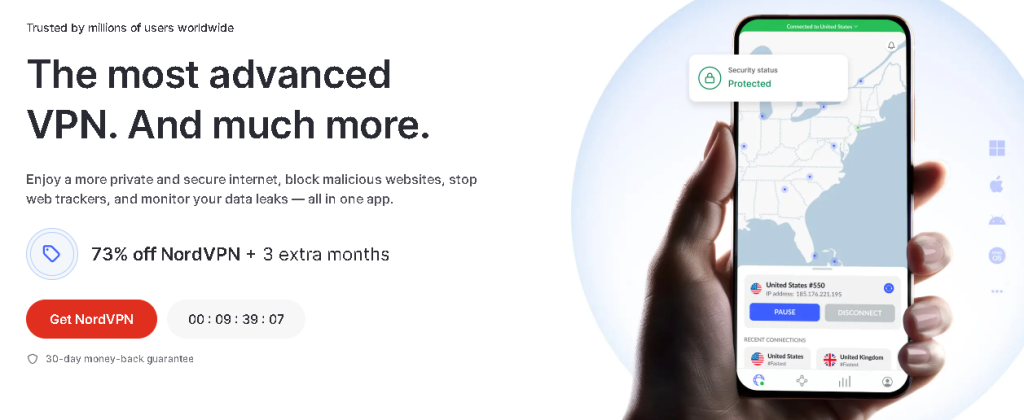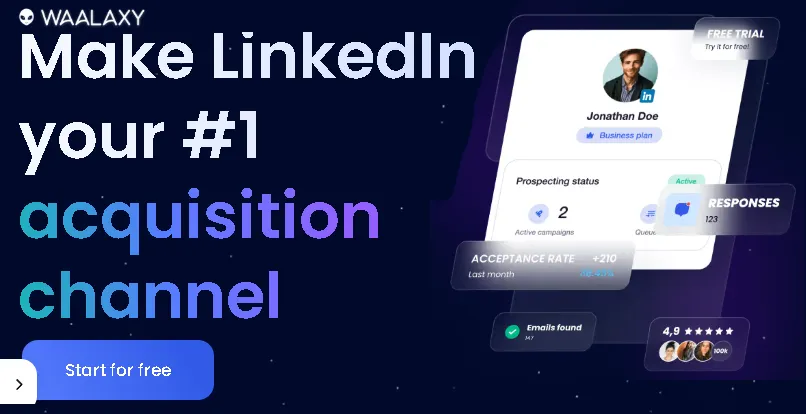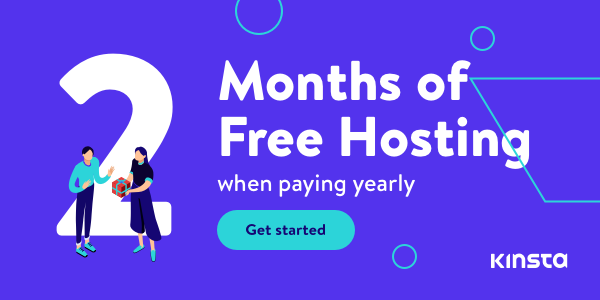In the dynamic world of tech, Full Stack Developer is one of the most sought-after roles. Imagine being able to build an entire application from start to finish—both the visible parts you interact with (frontend) and the behind-the-scenes logic and data management (backend). Sounds daunting? What if I told you it’s possible to become a proficient Full Stack Developer in just 6 months?
Yes, you read that right! While it requires dedication, smart learning, and a focused approach, transforming your career or starting a new one as a Full Stack Developer in half a year is an achievable goal. I’ve seen countless individuals, myself included, make significant strides in this timeframe. It’s about working smarter, not just harder.
Ready to embark on this intense yet incredibly rewarding journey? Let’s break down how you can conquer the world of full-stack development in just 6 months.
Unlocking Your Potential: Your 6-Month Full Stack Developer Roadmap
Becoming a Full Stack Developer isn’t just about learning languages; it’s about understanding how different pieces of a puzzle fit together to create something functional and amazing. Here’s a month-by-month breakdown of what you need to focus on:
Month 1: Laying the Foundation - The Frontend Basics
This is where you build the user-facing part of any application. Think of it as painting the house and designing its interior.
HTML (HyperText Markup Language): The skeleton of every webpage.
- What to learn: Semantic HTML5, basic tags, forms, tables, and how to structure a webpage properly.
- Why it’s important: Without HTML, you have no content to style or interact with.
- My Tip: Don’t just read! Build simple static pages like your resume or a basic personal portfolio.
CSS (Cascading Style Sheets): The beauty and aesthetics of your webpage.
- What to learn: Selectors, box model, Flexbox, Grid, responsive design with media queries.
- Why it’s important: CSS makes your website visually appealing and user-friendly across different devices.
- My Tip: Experiment! Try to recreate the layout of popular websites using only HTML and CSS. Dive deep into Flexbox and Grid – they are game-changers for layout.
JavaScript (The Logic & Interactivity): Bringing your webpage to life.
- What to learn: Variables, data types, operators, conditional statements, loops, functions, DOM manipulation.
- Why it’s important: JavaScript adds interactivity, animations, and dynamic content to your website. It’s the language that makes things happen on the client-side.
- My Tip: Solve small programming challenges on platforms like FreeCodeCamp or HackerRank to solidify your understanding of JavaScript fundamentals. Build simple interactive elements like a to-do list or a simple calculator.
Month 2: Diving Deeper into Frontend - Frameworks & Tools
Now that you have the basics down, it’s time to become more efficient and build more complex interfaces.
Version Control with Git & GitHub: Essential for collaboration and tracking changes.
- What to learn:
git init,git add,git commit,git push,git pull, branching, merging. - Why it’s important: Every professional developer uses Git. It’s crucial for managing your code and collaborating with others.
- My Tip: Make a habit of committing frequently and pushing your code to GitHub. Start contributing to open-source projects, even if it’s just fixing a typo.
- What to learn:
A Frontend Framework (Choose One!): React, Angular, or Vue.js.
- What to learn: Focus on the core concepts: components, state management, props, routing, lifecycle methods (if applicable).
- Why it’s important: Frameworks streamline development, make your code more organized, and enable you to build complex Single Page Applications (SPAs) much faster.
- My Tip: For a 6-month journey, pick one and stick with it. React is incredibly popular and has a vast community. Vue.js is known for its gentle learning curve. Angular is robust for enterprise applications. My personal experience started with React, and the component-based thinking was a paradigm shift that greatly accelerated my development speed. Build a multi-page application using your chosen framework.
Instant Gaming is an incredible platform for buying your PC, PlayStation, Xbox, and Switch games at the lowest price possible. With immediate delivery 24/7, play instantly at the lowest price!
CLICK IN THE BOX BELOW!
Month 3: Backend Fundamentals - The Server Side
This is where the magic happens behind the scenes – handling data, user authentication, and business logic.
A Backend Language (Choose One!): Node.js (JavaScript), Python (Django/Flask), or PHP (Laravel).
- What to learn: Syntax, data structures, control flow, functions, basic server setup.
- Why it’s important: Your backend language will power your API and interact with your database.
- My Tip: Since you’ve already learned JavaScript, Node.js is often the quickest path for Full Stack. It allows you to use JavaScript on both the frontend and backend, reducing context switching. If you’re keen on data science or machine learning later, Python is a strong contender.
Web Framework for your Backend Language (Express.js for Node.js):
- What to learn: Routing, middleware, handling requests (GET, POST, PUT, DELETE), sending responses.
- Why it’s important: Frameworks like Express.js simplify the process of building robust APIs.
- My Tip: Build a simple RESTful API with a few endpoints (e.g., for managing users or products). Use tools like Postman to test your API.
Database Fundamentals (SQL & NoSQL): Storing and retrieving data.
- What to learn:
- SQL (e.g., PostgreSQL, MySQL): Relational databases, tables, columns, rows, primary/foreign keys, basic queries (SELECT, INSERT, UPDATE, DELETE, JOINs).
- NoSQL (e.g., MongoDB): Document-based databases, collections, documents, basic operations.
- Why it’s important: Databases are the backbone of almost every application. You need to know how to store and retrieve data efficiently.
- My Tip: Start with a relational database like PostgreSQL or MySQL as they provide a strong foundation in data modeling. Then, explore a NoSQL database like MongoDB to understand the differences. Try building a simple schema for a blog or e-commerce site.
- What to learn:
Month 4: Connecting the Dots - Full Stack Integration
Now, you start bringing your frontend and backend together. This is where you truly start feeling like a full-stack developer!
Connecting Frontend to Backend (APIs): Making your frontend communicate with your backend.
- What to learn: Fetch API or Axios (for JavaScript/React), how to make HTTP requests (GET, POST, PUT, DELETE) from your frontend to your backend API.
- Why it’s important: This is the core of full-stack development – allowing your user interface to interact with your server and database.
- My Tip: Take the simple API you built in Month 3 and create a basic frontend application that consumes data from it and sends data back. Think of a simple blog where you can display, add, and delete posts.
Authentication & Authorization: Securing your application.
- What to learn: User registration, login, hashing passwords (e.g., bcrypt), JWT (JSON Web Tokens) for authentication, middleware for protecting routes.
- Why it’s important: Essential for any application that handles user data or requires user accounts.
- My Tip: Implement a basic user authentication system for your integrated application. This is a crucial skill for job readiness.
Deployment Basics: Getting your application online.
- What to learn: Concepts of hosting, domains, basic deployment to platforms like Netlify (for frontend), Heroku, or Render (for full-stack applications).
- Why it’s important: Your projects aren’t useful until they’re accessible to others.
- My Tip: Deploy your first full-stack application. Seeing your creation live is an incredible motivator!
Contact 500M up to date profiles on Linkedln & by email. Get 100’s of positive responses. From 10mn per day & 0€ per month. Without any technical skills.
Month 5: Advanced Topics & Building Real-World Projects
This month is about solidifying your knowledge and tackling more complex scenarios.
Testing (Unit & Integration): Ensuring your code works as expected.
- What to learn: Basic concepts of unit testing (e.g., Jest for JavaScript), integration testing.
- Why it’s important: Reduces bugs, improves code quality, and makes future development easier.
- My Tip: Start by writing simple unit tests for your functions and API endpoints.
Error Handling & Debugging: Making your applications robust.
- What to learn:
try...catchblocks, proper error messages, using debugger tools in your browser and IDE. - Why it’s important: Applications will always have errors. Knowing how to find and fix them is crucial.
- My Tip: Intentionally introduce errors into your code and practice debugging them.
- What to learn:
Project 2 (More Complex!): Build a more involved full-stack application.
- Ideas: An e-commerce site (simplified), a social media clone, a project management tool.
- Why it’s important: Practical application of your skills. This is where you truly learn by doing.
- My Tip: Don’t be afraid to struggle. Use online resources, documentation, and communities to overcome challenges. Embrace the “imposter syndrome” and push through it. My own “aha!” moment came when I built a real-time chat application, which forced me to learn about WebSockets and pushed my understanding of full-stack interactions.
Month 6: Portfolio, Optimization & Job Readiness
The final stretch! Time to polish your skills and prepare for the job market.
Performance Optimization (Basics): Making your applications fast.
- What to learn: Image optimization, lazy loading, code splitting, basic database indexing.
- Why it’s important: Users expect fast, responsive applications.
- My Tip: Use browser developer tools to audit your application’s performance.
Building Your Portfolio: Showcasing your work.
- What to do: Clean up your project code, write clear READMEs, deploy your projects, and create a dedicated portfolio website showcasing your best work.
- Why it’s important: Your portfolio is your resume as a developer.
- My Tip: Focus on quality over quantity. Two or three solid, well-documented projects are better than ten unfinished ones.
Resume & Interview Prep: Getting ready for the job hunt.
- What to do: Tailor your resume to full-stack developer roles, practice common coding interview questions (data structures and algorithms basics), and prepare to discuss your projects.
- Why it’s important: To land that dream job!
- My Tip: Participate in mock interviews. Practice explaining your projects in detail, focusing on the challenges you faced and how you overcame them.
Essential Tips for Success on Your 6-Month Journey
- Consistency is Key: Dedicate consistent time each day, even if it’s just an hour. Small, regular efforts compound over time.
- Active Learning: Don’t just passively watch tutorials. Code along, break things, fix them, and experiment.
- Build, Build, Build: The fastest way to learn is by building projects. Start small, iterate, and add complexity.
- Understand, Don’t Just Memorize: Focus on understanding why things work the way they do, not just how to use them.
- Utilize Resources Wisely:
- Online Courses: Udemy, Coursera, FreeCodeCamp, The Odin Project.
- Documentation: Official docs are your best friends.
- YouTube: Great for visual learners.
- Communities: Stack Overflow, Reddit (r/webdev, r/reactjs), Discord channels.
- Don’t Get Stuck in Tutorial Hell: Once you understand a concept, try to implement it on your own without following a tutorial step-by-step.
- Embrace Failure: You will encounter bugs, frustrations, and moments of doubt. This is normal. Learn from your mistakes and keep pushing forward.
- Network: Connect with other developers online and offline. Attend meetups (virtual or in-person).
- Take Breaks: Avoid burnout. Step away from the screen when you feel overwhelmed.
Conclusion: Your Full Stack Future Awaits!
Becoming a Full Stack Developer in 6 months is an ambitious goal, but it is absolutely within reach with the right mindset and a structured approach. This isn’t a race, but rather an intense sprint where every day brings new learning and challenges.
Remember, this roadmap provides a robust foundation. The journey of a developer is continuous learning. Once you land your first role, you’ll continue to grow, specialize, and explore new technologies. The satisfaction of building something from scratch and seeing it come to life is unparalleled.
So, are you ready to take on this challenge? Roll up your sleeves, open your code editor, and start building your future. The tech world is waiting for your creations! Good luck, and happy coding!
Read other useful information
Choose the best laptop for your goals and budget
The Ultimate Guide to Using ChatGPT to Transform Your life
Where to download software for pc
Apple Education Discount: Everything You Need to Know
Artificial intelligence use in business
ChatGPT chrome extension how to use
Google VR: A Comprehensive Guide
Free media file converter for pc
How to develop a machine learning model from scratch
How to make a macro in Word easily
Best way to edit vertical video
How to trim and resize a video easily
Easiest way to remove green screen
How to set up and use cloud storage
Free Python Algorithms course for beginners
How to compare two Word documents for differences
Best free light pdf reader for Windows 10
How to permanently block senders emails on outlook
BEST SITE TO LEARN PROGRAMMING FOR BEGINNERS FOR FREE WITH CERTIFICATIONS
Disclaimer: This site contains affiliate links to products. We may receive a commission for purchases made through these links. It doesn´t affect the quality of the information you receive.



